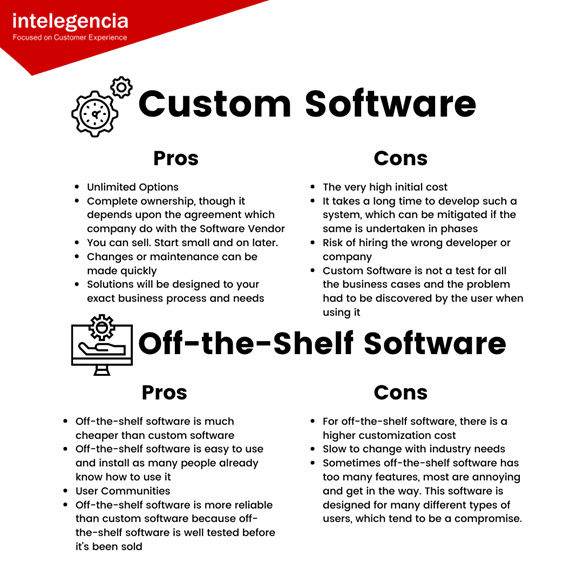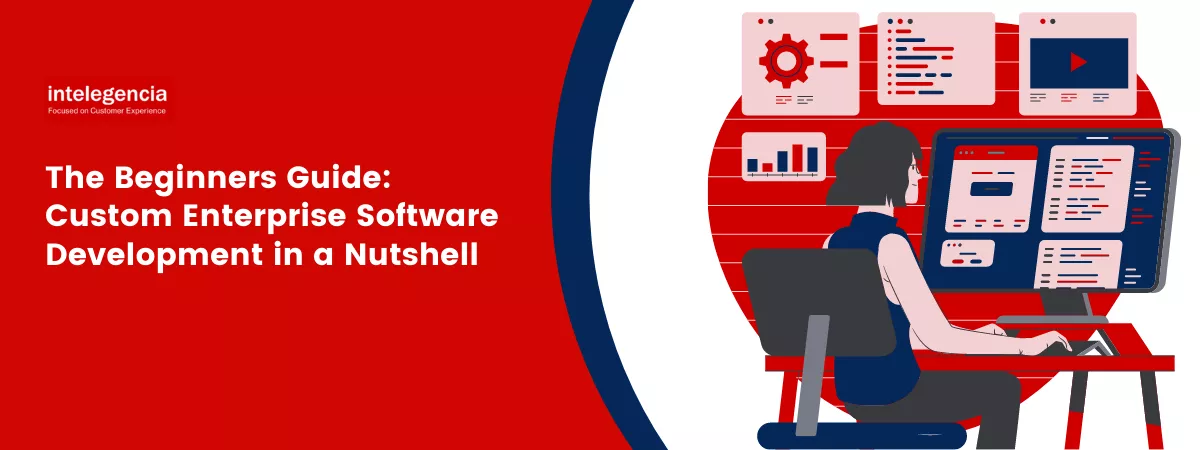The Beginners Guide: Custom Enterprise Software Development in a Nutshell
 Fourth Lagao
January 19, 2021
Fourth Lagao
January 19, 2021
If you’ve been exploring the idea of an enterprise software, you might have dabbled into one of the many programming groups on social media but got lost in the tech jargon.
Enterprise resource planning (ERP) systems play an integral part in a business’ success. If implemented properly, these systems can bestow impressive, strategic, operational, and information-related benefits that allow organizations to perform cost-effectively and more efficiently.
Let’s look at the basics of custom enterprise software development to help you kickstart your journey to understanding ERP.
What is Custom Enterprise Software Development?
At the heart of every successful organization is an optimal, first-class custom software solution that is tailor-made to complement the company’s goals and objectives.
In general, Custom Enterprise Software Development is a large-scale solution that connects pieces of existing software into one integrated and seamless system. These systems handle a chunk of operational processes in an organization to enhance the business management reporting tasks and generate actionable information from analytics.
However, software solutions for big companies are different compared to that of a small company. The purpose of enterprise software development is to cater to these specific needs and provide a comprehensive and real-time view of the entire enterprise.
Three Types of Enterprise Systems
The development of software enterprise depends entirely on the nature of the corporation. If you have a large network system, you need software that is capable of handling, displaying, storing, and transferring complex data in one internal database. Large corporations, retail stores, pharmacy chains, and real estate agencies are some of the businesses that make use of large network systems.
There are three main systems:
- Customer Relationship Management (CRM)
Customer Relationship Management or simply CRM, is the process used by companies to manage and analyze interactions with existing as well as past and potential customers. Small and large businesses use CRM systems to help improve customer service relationships using streamlined processes to increase sales, profitability, and customer retention.
- Enterprise Resource Planning (ERP)
Enterprise resource planning (ERP) is a system used by companies to manage and integrate important parts of their businesses into one internal application with one interface. This enterprise application shares data and integrated functions across different systems.
- Supply Chain Management
To put it simply, Supply Chain Management refers to a businesses’ way of managing its supply chain activities (or the process of moving and producing products from vendor to customer). It refers to the day-to-day movement of goods from manufacturing, transportation, storage, and delivery.
Off-the-shelf vs. Custom Software
The most common question that has been haunting enterprises for years now is whether to build a customized software or use an off-the-shelf software solution. But the key is quite simple: Look at what your business requires from the software.
 *Source: viftech.com/custom-software-vs-off-the-shelf-software-whats-the-difference/
*Source: viftech.com/custom-software-vs-off-the-shelf-software-whats-the-difference/
Building Your Own Enterprise Software
When developing your own software, see things in the bigger picture. Be crystal clear with your goals to avoid wasting time, effort, and money. A few tips to consider:
- Start from one type of enterprise systems
- Review the strong competitors
- Design, develop, and deploy
- Develop all three systems and collate into one
Building your own enterprise software can make up a whole new article. To help you visualize the entire process, we prepared a simple graphic representation of the steps you need to go through when creating your own software.
You do not need to know everything at once. Your first steppingstone to establishing your goal is to learn slowly but surely and take each step one at a time.
Fourth Lagao is a Director of Business Excellence at Intelegencia. When he is not working, he Loves to do painting
Comment(s)
_BlogComment.Message
